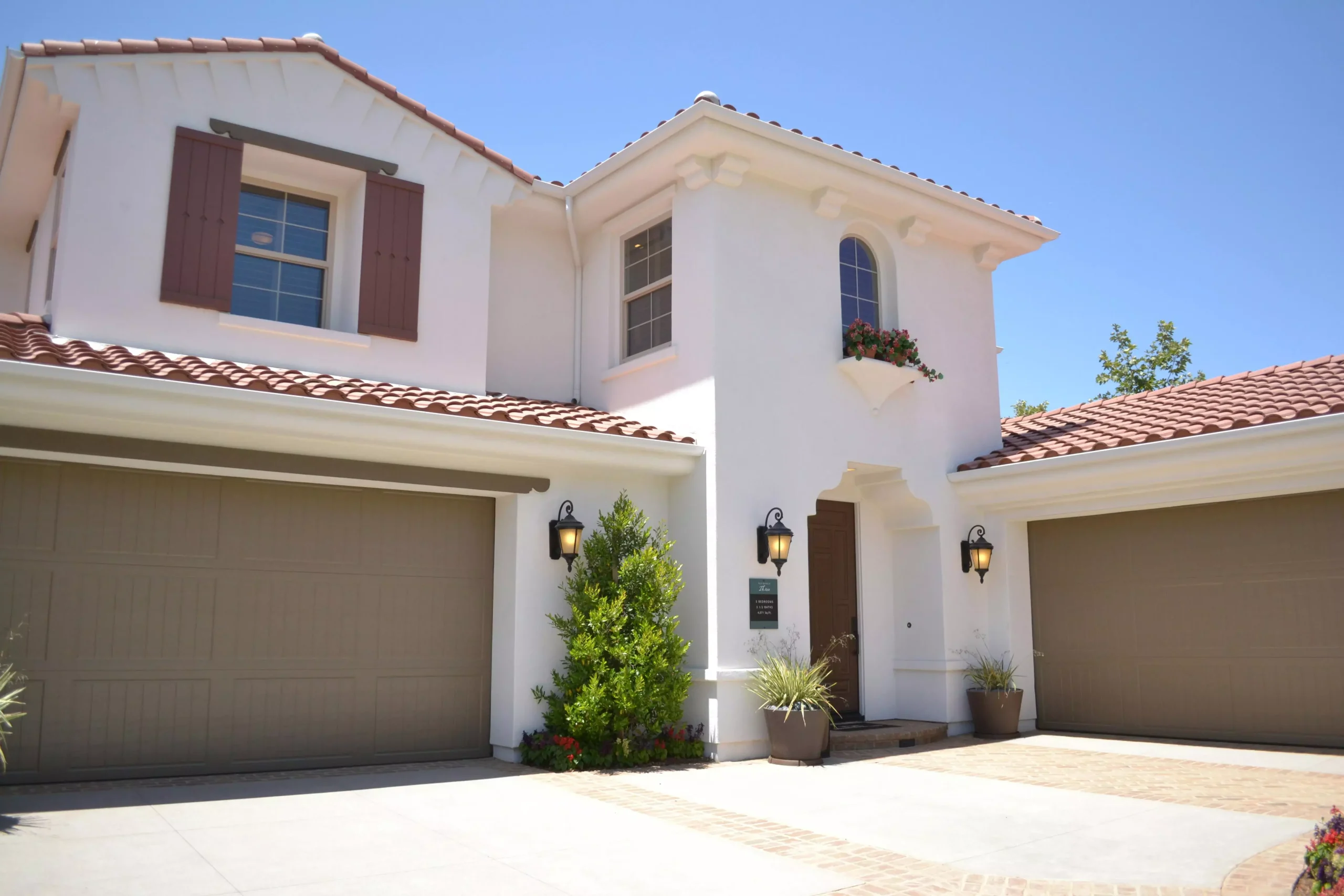The chance to trade in your current property when purchasing a new one is known as a part-exchange. When you buy a new property from an investor, corporation, or developer, they will utilize your existing property as a down payment.
1.How Does Part Exchange Work?
A part exchange house, program function similarly to conventional real estate transactions, except that the buyer is the developer. Your home must be in reasonable shape and be worth between 65 and 70 percent of the market value of the new property to be considered for new construction.
Two impartial estate agents will inspect your property to value it. They will determine if the property has sufficient worth to be sold. It is essential to keep in mind that your options for new construction properties will be restricted.
2. Who Can Part Exchange Their House?
Regarding eligibility, each developer has their own set of requirements; nonetheless, the following is a summary of the ones that you will typically have to abide by:
- Your house must be yours.
- The value of your property cannot exceed that of the property you are trying to buy.
- About 60–70% of the asking price of the property you seek to purchase should reflect the value of the property you are trying to swap.
- Your property’s location will be a determining factor.
- If the house is in poor shape, they can potentially reject it.
- Your house can be turned down if it is built differently from the norm or has a flat roof.
3. What Is A House Part Exchange Calculator?
A house part exchange calculator is mainly used to determine the value and possible equity release connected with a property when conducting a part exchange transaction. The calculator can give you an approximate valuation and an estimate of the money you can expect to receive in exchange for your property by entering pertinent information such as the current market value of your home, the purchase price of the newly built property, and any additional costs or incentives involved. It enables homeowners to evaluate the financial effects of signing a part-exchange agreement and make an informed choice using the computed figures.
4. Advantages of Part Exchange House Schemes
Using a developer new build part exchange program to sell your house has several benefits:
- You won’t have to deal with estate agents or pay their costs if you use part exchange. Given that some agents charge fees of between 1% & 3% of the sale price of your home, this might be advantageous.
- In most home sales, speed is a crucial factor. You deal with the final customer (the new build developer) in addition to the process’s speed.
- In your property chain, frustrating developments won’t happen very often. Eliminate the pain of hearing that a possibility has pulled out, which implies that your house chain has broken.
5. The Right Questions To Ask A Developer
Having the appropriate questions ready can help you position yourself to make well-informed judgments pertaining a part exchange house.
Here are some things to think about:
- What expenses are associated with the portion exchange program?
- What is the highest price a developer will take on a property that is being partially exchanged?
- Do you follow the New Home Consumer Code?
- Are there any fees if you decide not to proceed with the part exchange after agreeing to it?
- Are you able to haggle over the price of the new property?
- How soon can someone buy a house?
- Is it possible to bargain for things like fitted wardrobes and carpets?
If you want to move fast, avoid the trouble of estate agents, and want to avoid being tied up in a chain of properties, new build part exchange is an intelligent alternative. However, the eligibility of a property is not guaranteed either.
